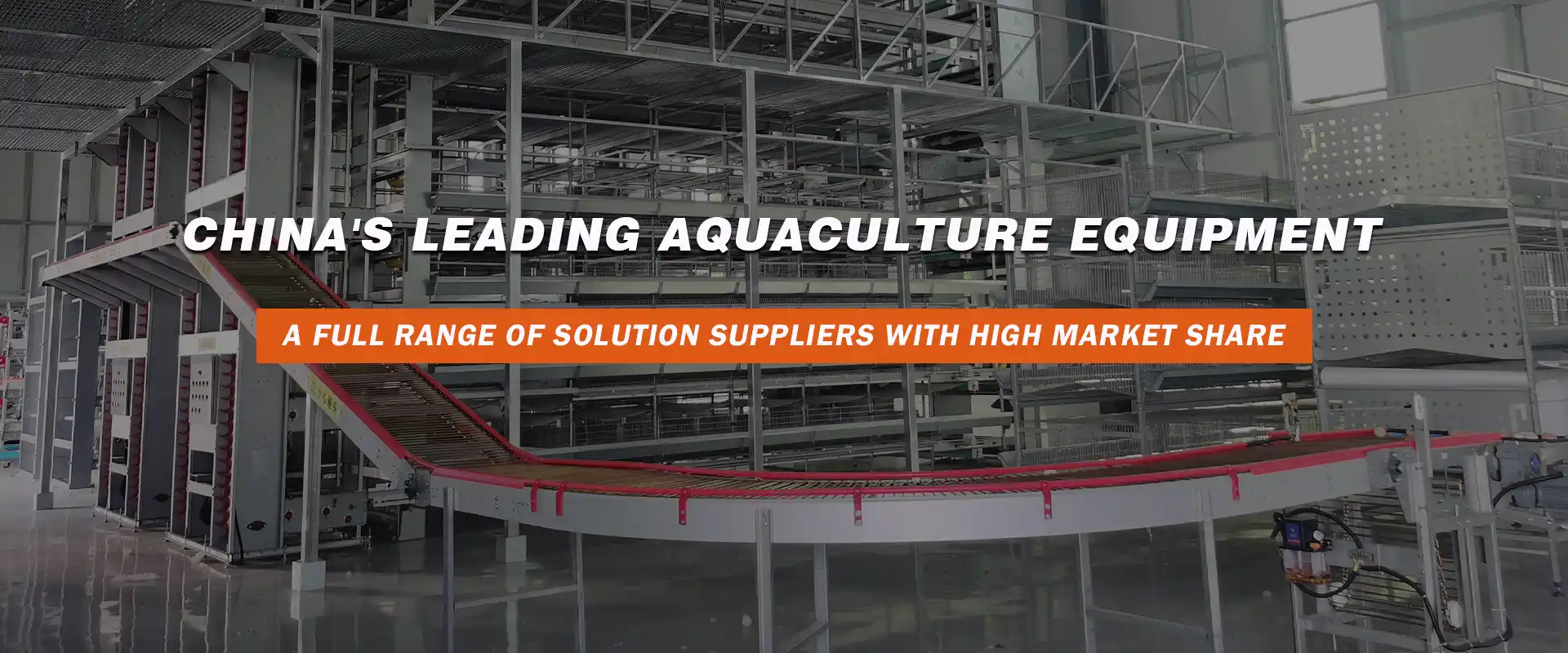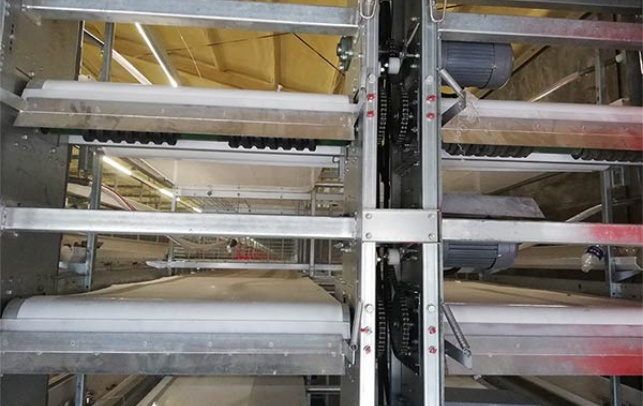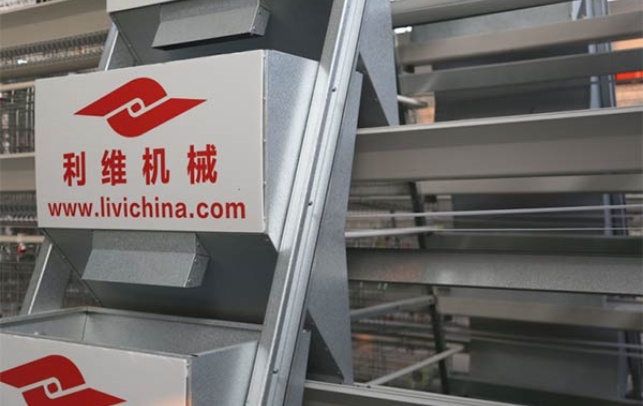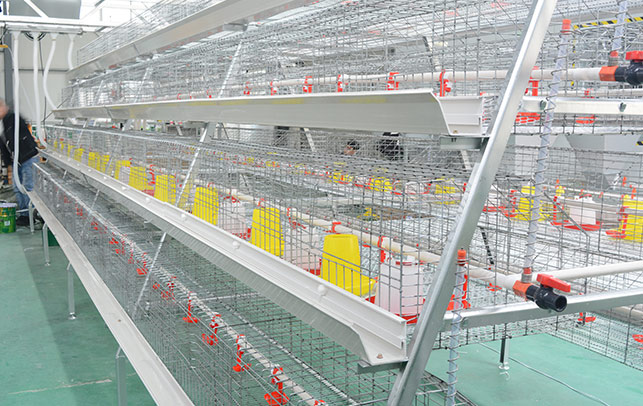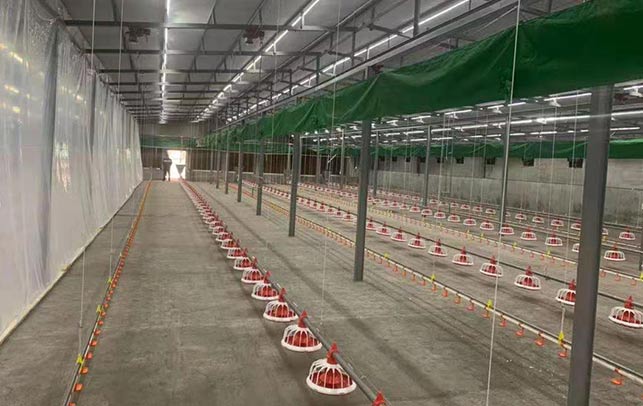Remote Monitoring System for Kenyan Chicken Equipment: A Comprehensive Guide
Time : 2025-07-02
The poultry industry in Kenya has been experiencing significant growth in recent years. With the increasing demand for chicken products, the need for efficient and effective monitoring systems has become more critical than ever. This article delves into the importance of a remote monitoring system for Kenyan chicken equipment, exploring its benefits, components, and the technological advancements that make it a game-changer for the industry.
Introduction to Remote Monitoring System for Chicken Equipment
A remote monitoring system for chicken equipment is a technological solution designed to provide real-time data and insights into the performance and condition of chicken equipment in poultry farms. This system is crucial for ensuring optimal performance, reducing downtime, and improving overall farm efficiency.
Benefits of Remote Monitoring System
1. Real-time Data Collection: A remote monitoring system enables farmers to collect real-time data on various aspects of chicken equipment, such as temperature, humidity, feed consumption, and egg production. This information helps in making informed decisions and addressing potential issues promptly.
2. Improved Efficiency: By continuously monitoring chicken equipment, farmers can identify and resolve problems before they escalate, thereby improving overall farm efficiency.
3. Cost Reduction: Remote monitoring systems help in reducing energy consumption, feed waste, and labor costs. By optimizing chicken equipment performance, farmers can minimize operational expenses.
4. Enhanced Animal Welfare: Monitoring factors such as temperature and humidity ensures that the living conditions of chickens are optimal, leading to better health, growth, and productivity.
5. Data-driven Decision Making: The data collected from remote monitoring systems can be analyzed to derive actionable insights, enabling farmers to make informed decisions that drive farm growth and profitability.
Components of a Remote Monitoring System for Chicken Equipment
A typical remote monitoring system for chicken equipment consists of the following components:
1. Sensors: Sensors are used to collect data on various parameters, such as temperature, humidity, CO2 levels, and feed consumption. These sensors are strategically placed within the poultry farm to ensure accurate and comprehensive data collection.
2. Data Transmission Module: The data collected by sensors is transmitted to a central monitoring station or cloud platform using wireless communication technologies, such as Wi-Fi, Bluetooth, or cellular networks.
3. Monitoring Software: The monitoring software is responsible for processing, analyzing, and presenting the data collected from sensors. It allows farmers to visualize the data in real-time and set up alerts for critical parameters.
4. User Interface: The user interface provides a user-friendly platform for farmers to access and manage the data. It allows for easy navigation, data filtering, and customization of alerts.
5. Integration with Other Systems: Remote monitoring systems can be integrated with other farm management systems, such as feeders, waterers, and lighting, to automate processes and optimize chicken equipment performance.
Technological Advancements in Remote Monitoring Systems
The poultry industry has witnessed several technological advancements in remote monitoring systems, which have further enhanced their efficiency and reliability. Some of these advancements include:
1. Internet of Things (IoT): IoT technology has enabled the integration of various devices and systems, making remote monitoring systems more comprehensive and efficient.
2. Artificial Intelligence (AI): AI algorithms can be used to analyze large volumes of data collected from remote monitoring systems, providing valuable insights and predictive maintenance recommendations.
3. Cloud Computing: Cloud computing allows for centralized data storage, real-time data analysis, and remote access to data, making remote monitoring systems more scalable and user-friendly.
4. Blockchain Technology: Blockchain technology ensures the security and integrity of data collected from remote monitoring systems, making it tamper-proof and reliable.
Case Study: Implementing a Remote Monitoring System in a Kenyan Poultry Farm
A Kenyan poultry farm successfully implemented a remote monitoring system to improve its operations. The farm experienced the following benefits:
1. Reduced Energy Consumption: By monitoring and optimizing the temperature and humidity levels, the farm achieved a reduction in energy consumption by 20%.
2. Increased Egg Production: The farm’s egg production increased by 15% due to the timely resolution of issues related to feed consumption and lighting.
3. Improved Animal Welfare: The farm’s chicken mortality rate decreased by 10% as a result of maintaining optimal living conditions for the chickens.
4. Cost Savings: The farm realized a 30% reduction in operational costs, thanks to the remote monitoring system’s ability to identify and resolve issues promptly.
Conclusion
A remote monitoring system for Kenyan chicken equipment is a valuable tool for improving farm operations, reducing costs, and enhancing animal welfare. By leveraging the latest technological advancements, poultry farmers can achieve optimal performance and drive the growth of the industry.





